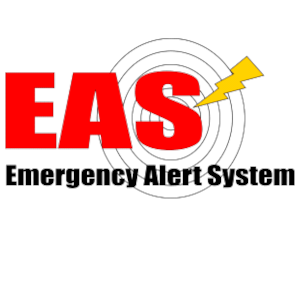
FEMA is praising Wednesday’s national test of the Emergency Alert System, in partnership with the Federal Communications Commission. The test commenced at around 2:20p ET, sending alerts to radio and television stations, as well as cell phones, across the country. With a few exceptions that will be investigated, radio pulled off the test seamlessly – but could that be a problem for AM’s argument to stay in the dash?
As the AM For Every Vehicle Act grows its list of Congressional co-sponsors, it leans heavily on the idea that radio is a safety feature, especially when it comes to the EAS. Previous national tests used Primary Entry Point stations to transmit the alert information. Most of these are robust, high-powered AM stations under the surveillance of other radio outlets.
However, for the 2023 test, FEMA and the FCC used the Common Alerting Protocol via the Integrated Public Alert and Warning System-Open Platform for Emergency Networks (IPAWS-OPEN). This was the first time a test signal was sent to radio stations not by way of PEPs, but through the internet. Those who might want to undermine radio’s efficacy might use Wednesday’s successful test to say that AM PEPs are outdated technology.
Yet, AM remains a failsafe in case of widescale power outages or network disruptions before and during a disaster. The national Emergency Alert System has never been activated, and would only be used in the event of a mass catastrophe. Meanwhile, regional EAS messages for local emergencies such as severe weather or natural disasters are sent on a regular basis via radio.
As recently shown by the Hawaiian wildfires, there is no substitute for radio’s ability in the vast majority of emergency situations. Even as such, radio should be prepared for a CAP/PEP-based argument should detractors arise.
Data analysis for the EAS test, to determine its reach among the population, will now be conducted by FEMA and the FCC. The results are expected to be available in approximately four months. Station operators should file a “Day Of” report by the end of Thursday, with a third form due to the FCC by November 20.









My Presidential EAS msg delivered to me Spanish via cell phone.